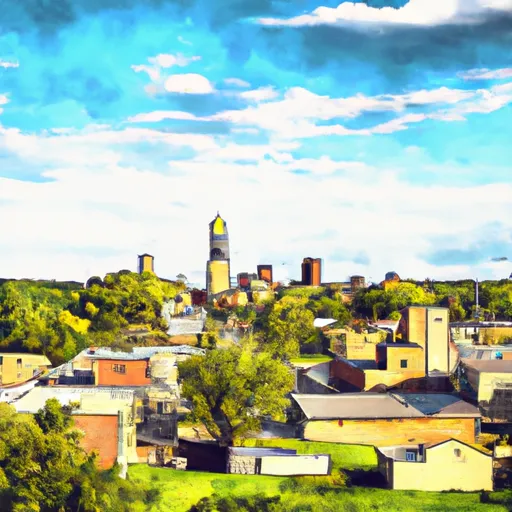°F
°F
mph
Windspeed
%
Humidity











Gilman, Iowa is a small rural community located in central Iowa. The area experiences a humid continental climate with hot summers and cold winters, with an average annual temperature of 50°F. The hydrology constituents of the area include the Skunk River, which runs along the southern edge of the town, and numerous small streams and creeks. Outdoor recreation opportunities in the area include hunting, fishing, hiking, and camping in nearby parks such as Iowa River Wildlife Area and Jasper County Conservation. During the winter months, residents and visitors can enjoy snowmobiling and ice fishing. Overall, Gilman offers a peaceful and scenic environment for those who enjoy outdoor activities.
Weather Forecast
Gilman receives approximately 900mm of rain per year, with humidity levels near 83% and air temperatures averaging around 9°C. Gilman has a plant hardyness factor of 5, meaning plants and agriculture in this region thrive during a short period during spring and early summer. Most plants will die off during the colder winter months.
Regional Streamflow Levels
111
Cubic Feet Per Second
45
Cubic Feet Per Second
63
Cubic Feet Per Second
8
Cubic Feet Per Second
Nearby Camping
| Camping Area | Reservations | Toilets | Showers |
|---|---|---|---|
| Arrow Rock State Park | |||
| Maxwell Taylor Park | |||
| Versailles City Park | |||
| Thomas Hill Reservoir - Hwy T Campground - MDC | |||
| Pilot Grove City Park | |||
| Lake of the Ozarks Military |



